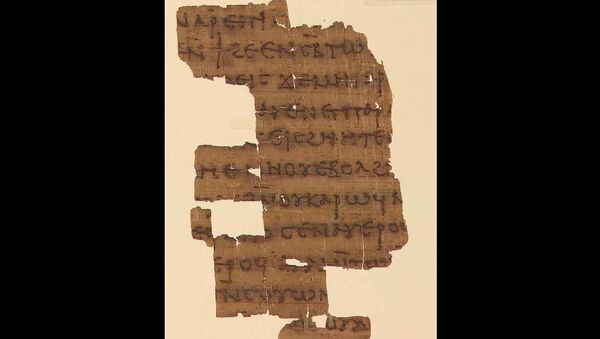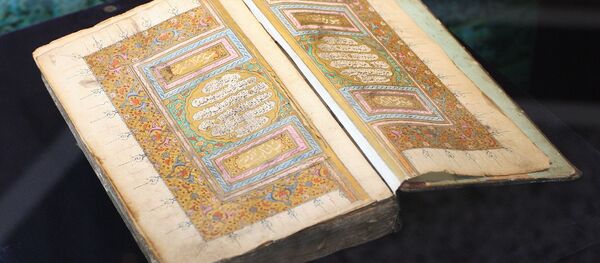The fragments of the 1,600 year-old script found by religious studies scholars Geoffrey Smith and Brent Landau in the Egypt Exploration Society archives, kept at the University of Oxford, are part of the Nag Hammadi library, a collection of religious manuscripts translated from Greek into Coptic script between the 2nd and 6th Century AD.
“The text supplements the biblical account of Jesus’ life and ministry by allowing us access to conversations that purportedly took place between Jesus and his brother, James — secret teachings that allowed James to be a worthy teacher after Jesus’ death,” Geoffrey Smith said.
The story of alternative Christian teachings was deemed “forbidden” because anything that added to or changed the existing New Testament in any way was outlawed by Orthodox Christians.
Spread across 13 leather-bound vellum codices found buried in Egypt, the Nag Hammadi library of manuscript fragments belongs to a heretical tradition known as Gnosticism.
READ MORE: A Book No One Can Read: Mystery of 600-Year-Old Voynich Manuscript
The library was found buried in a large jar in what is now the small town of Nag Hammadi, Egypt, in 1945.



